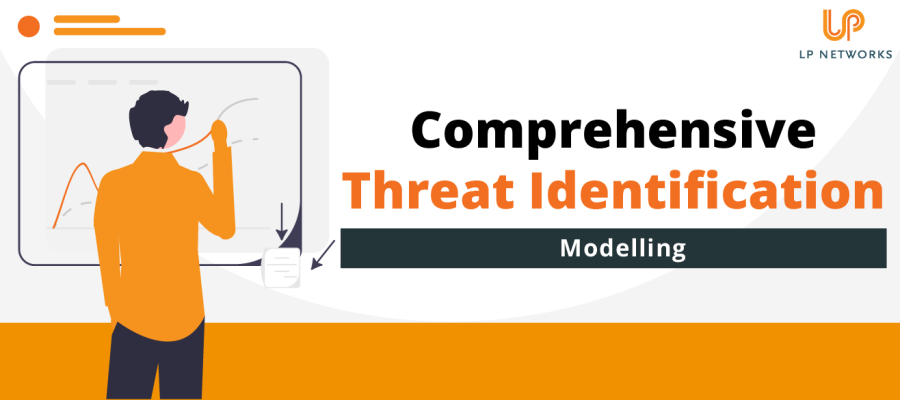- Solutions For
Specialist IT Support Services for:
- Popular Services
- Security
Security
- Our Expertise
Our Full Range of IT Services
- Learn
- About Us
- Contact
Posted 13th July 2023

With increasing cyber threats, businesses must proactively safeguard their sensitive data and assets from cybercriminals. Data security threats are persistent and can originate from various sources.
In today's digitally sophisticated offices, almost every activity relies on technology and data sharing. Hackers can exploit vulnerabilities in multiple entry points, including computers, smartphones, cloud applications, and network infrastructure. It is estimated that cybercriminals can infiltrate up to 93% of company networks.
To combat these intrusions, organisations can adopt threat modelling as a practical and effective approach to cybersecurity. Threat modelling is a process that involves identifying potential threats and vulnerabilities to an organisation's assets and systems. By prioritising risk management and mitigation strategies through threat modelling, businesses aim to reduce the risk of falling victim to costly cyber incidents.
If you are wondering how to initiate a threat assessment, our experts can assist you in establishing a comprehensive threat modelling program. Contact us today to schedule a discussion and take the first step towards strengthening your cybersecurity strategy.

